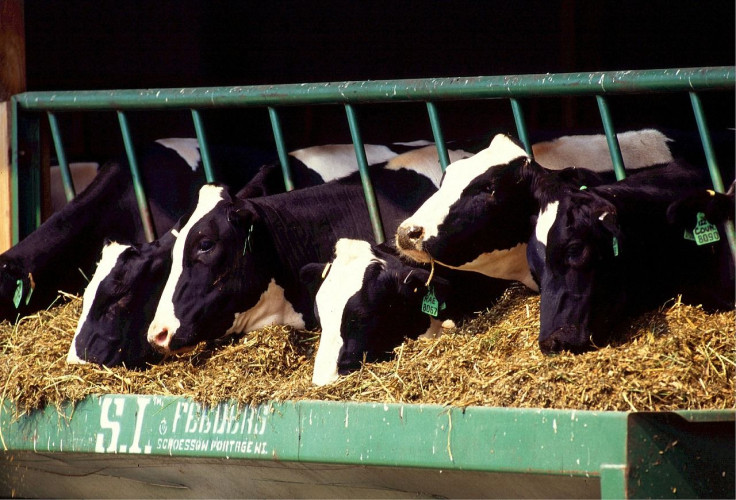Antibiotic Resistance: Constituents Call For Broader Support Of Revived Bill To Limit Use Of Medicines In Livestock

Bipartisan support appears to be growing for a bill that would limit the widespread distribution of antibiotics in agriculture as public health officials urge stricter controls amid the growing threat posed by superbugs. Sen. Dianne Feinstein, D-Calif., first introduced the measure -- Preventing Antibiotics Resistance Act -- in 2013 and reintroduced it this week with the support of Sen. Susan Collins, R-Maine.
Residents in Colorado plan to demonstrate Sunday to urge Sen. Michael Bennet, D-Colo., to co-sponsor the bill.
The legislation limits the Food & Drug Administration’s ability to approve the use of antibiotics for livestock if those medicines also are used to treat humans. Many of the same antibiotics doctors prescribe have long been pumped into pigs, cows and chickens to keep them disease-resistant amid crowded conditions found at factory farms. But such heavy use of these medicines creates opportunities for the bacteria to become resistant, which poses a threat to humans.
To solve this, the bill restricts the approval of new antibiotics for animals to only those that will not create resistance through “nontherapeutic use,” which means they will be given only to animals that truly need them to fight infection for the shortest possible length of time. Critics of the bill say that is a fuzzy boundary that could easily be exploited by manufacturers of animal medicines.
Another contributing factor to antibiotic resistance is that doctors prescribe them far too often to humans -- and often for viral diseases that cannot be cured with the bacteria-killing drugs. One study has shown a doctor is more likely to hand out the medications in the final few hours of a shift. About 5 percent more patients treated in the fourth hour of a clinician's day will receive antibiotics than in the first hour, which could mean doctors grow weary of making treatment decisions about antibiotics in the course of a day.
The Centers for Disease Control and Prevention estimates 23,000 people in the United States die from antibiotic-resistant infections each year and 2 million more fall ill. President Obama’s proposed budget for 2016 allocates $1.2 billion toward initiatives to fight antibiotic resistance including more than $300 million for improving antibiotic stewardship in both health care and agriculture.
© Copyright IBTimes 2025. All rights reserved.






















